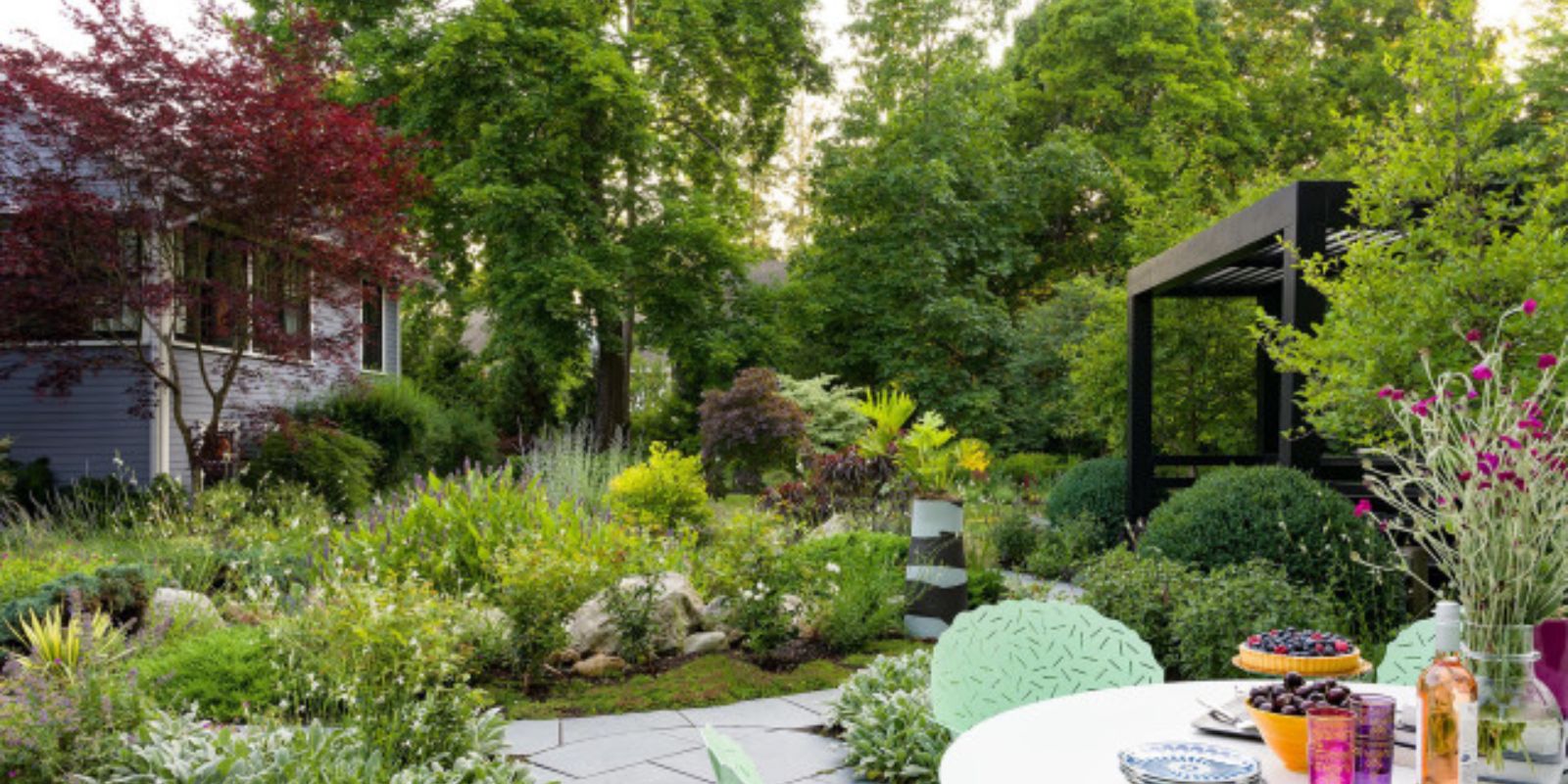Gardening is more than just planting flowers and vegetables; it’s an opportunity to create a vibrant ecosystem that supports local wildlife. By designing a garden that welcomes birds, butterflies, bees, and other beneficial creatures, you not only enhance the beauty of your outdoor space but also contribute positively to the environment. This article provides a detailed guide to transforming your garden into a wildlife-friendly haven.
The Importance of a Wildlife-Friendly Garden
Creating a wildlife-friendly garden goes beyond aesthetics. It helps support local biodiversity, provides essential habitats for various species, and contributes to the health of the ecosystem. By fostering an environment where wildlife can thrive, you play a crucial role in maintaining ecological balance and supporting the food chain.
Step 1: Plant Native Species
Why Native Plants Matter
Native plants are adapted to the local climate and soil conditions, making them more resilient and easier to care for. They provide the best habitat and food sources for local wildlife because they have evolved alongside them.
How to Choose Native Plants
Start by researching native plant species for your region. Look for plants that offer nectar, pollen, seeds, and fruits. Include a mix of flowering plants, shrubs, and trees to ensure year-round resources for wildlife. Some popular native plants include:
- Milkweed: Attracts monarch butterflies.
- Echinacea: Provides seeds for birds and nectar for pollinators.
- Oak Trees: Support a wide range of insects and birds.
Step 2: Provide Water Sources
Essential for Wildlife
Water is a critical resource for all wildlife. Providing a reliable source of clean water can attract a variety of animals and insects.
Water Features to Consider
- Bird Baths: Shallow, clean bird baths are perfect for birds to drink and bathe.
- Ponds: Small ponds with aquatic plants can support frogs, dragonflies, and various bird species.
- Water Dishes: For smaller creatures like insects, a few shallow dishes placed around the garden can be very beneficial.
Ensure that water sources are kept clean and refreshed regularly to prevent the spread of disease.
Step 3: Create Shelter and Nesting Sites
Why Shelter is Important
Wildlife needs safe places to rest, nest, and seek refuge from predators. Providing a variety of shelter options can greatly increase the chances of attracting different species.
Types of Shelter
- Birdhouses: Install birdhouses of various sizes and designs to cater to different bird species.
- Bat Boxes: Bats are excellent insect controllers and can be attracted with specially designed bat boxes.
- Insect Hotels: These structures offer nesting sites for beneficial insects such as bees and ladybugs.
Step 4: Add Diverse Plants
The Benefits of Diversity
A diverse garden supports a wide range of wildlife. Different plants attract different species and provide various resources throughout the year.
Planting Tips
- Flowering Plants: Choose plants that bloom at different times of the year to provide continuous food sources for pollinators.
- Shrubs and Trees: Include a mix of evergreen and deciduous shrubs and trees to offer shelter and nesting sites.
- Herbs and Vegetables: Edible plants can attract pollinators and other beneficial insects.
Step 5: Avoid Pesticides
The Impact of Chemicals
Pesticides can harm beneficial insects and disrupt the balance of your garden ecosystem. Opting for natural pest control methods is better for the health of your garden and the wildlife it supports.
Natural Pest Control Methods
- Companion Planting: Grow plants that naturally repel pests.
- Beneficial Insects: Introduce or attract insects like ladybugs and lacewings that prey on garden pests.
- Hand-Picking: Remove pests manually when possible.
Step 6: Create a Wildlife Corridor
Connecting Habitats
A wildlife corridor is a link between different natural areas that allows animals to move freely and access resources.
How to Create a Corridor
- Connect with Neighbors: Work with neighbors to create a network of wildlife-friendly gardens.
- Link to Natural Areas: If possible, connect your garden to nearby parks, woods, or other natural habitats.
- Use Natural Features: Incorporate hedgerows, trees, and other natural features that facilitate wildlife movement.
Additional Tips for a Wildlife-Friendly Garden
Incorporate Dead Wood and Leaves
Leaving some dead wood and leaves in your garden can provide habitat for insects and fungi. This “messy” approach can be beneficial for creating natural habitats.
Create Patches of Wildness
Allowing parts of your garden to grow wild can attract species that prefer less managed areas. These patches can offer crucial resources for various wildlife.
Use Sustainable Practices
Consider using organic gardening practices to minimize your impact on the environment. Composting, water conservation, and minimizing waste can all contribute to a healthier garden ecosystem.
Conclusion
Creating a wildlife-friendly garden is a rewarding endeavor that benefits both you and the local ecosystem. By incorporating native plants, providing water sources, creating shelter, avoiding pesticides, and fostering diversity, you can build a vibrant, supportive environment for a wide range of wildlife. Embrace these practices, and you’ll enjoy a garden full of life and color, while also making a positive impact on the natural world.
Motivational Sentence: Start implementing these strategies today and watch your garden transform into a thriving oasis for wildlife, contributing to the beauty and health of our planet!

